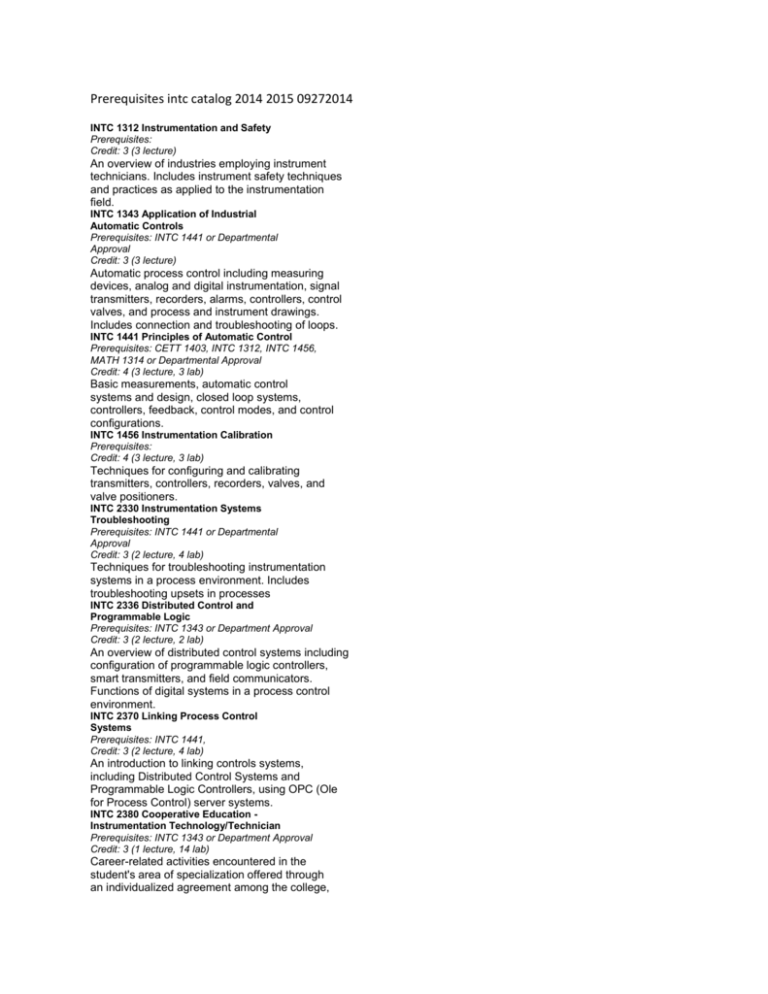Intel Corporation, a global leader in semiconductor manufacturing and technology innovation, has been a cornerstone of the tech industry for decades. As we move further into 2023, investors are increasingly evaluating whether Intel remains a smart investment choice amidst evolving market dynamics and fierce competition. With its extensive portfolio of products ranging from microprocessors to advanced AI solutions, Intel continues to shape the technological landscape.
The stock ticker INTC represents Intel Corporation on the NASDAQ Global Select Market. Known for its robust product offerings and strategic partnerships, Intel's financial performance is closely monitored by analysts and investors alike. This article delves into Intel's current position in the market, examining key factors such as revenue growth, technological advancements, and competitive pressures that could influence its future trajectory. Let’s explore if Intel remains a compelling investment opportunity in today's fast-paced tech environment.
Intel Corporation designs, develops, manufactures, markets, and sells computing and related products and services worldwide. The company is renowned for its microprocessors, chipsets, motherboards, communication chips, and flash memory. These components power everything from personal computers to data centers and cloud services. In recent years, Intel has expanded its focus beyond traditional PC hardware to embrace emerging technologies like artificial intelligence, autonomous driving, and Internet of Things (IoT) solutions.
Exploring Intel's Technological Leadership
As one of the pioneers in semiconductor technology, Intel has consistently pushed the boundaries of innovation. Its cutting-edge processors have become synonymous with high-performance computing. By investing heavily in research and development, Intel aims to maintain its leadership position in an increasingly competitive market. For instance, their latest series of processors feature enhanced efficiency and speed, catering to both consumer and enterprise needs.
Beyond hardware, Intel is also making significant strides in software integration. Their efforts to develop comprehensive platforms that combine hardware and software solutions reflect a broader strategy to offer end-to-end customer value. This approach not only strengthens their product offerings but also positions them favorably against competitors who may lack similar capabilities. Analysts believe this dual focus on hardware and software will be crucial for Intel's long-term success.
In addition to technological advancements, Intel places great emphasis on sustainability. Recognizing the growing importance of environmental responsibility, the company has committed to reducing its carbon footprint through more energy-efficient products and manufacturing processes. Such initiatives align well with global trends towards greener technologies, potentially enhancing Intel's appeal among socially conscious investors.
Analyzing Financial Performance
Intel's financial health plays a critical role in determining its attractiveness as an investment option. Over the past fiscal quarter, Intel reported steady revenue growth despite challenging macroeconomic conditions. While some segments experienced slower demand due to shifts in consumer preferences, others showed promising signs of expansion. Notably, the data center group performed particularly well, driven by increased adoption of cloud computing services.
Gross margins remain strong, reflecting Intel's ability to manage costs effectively while maintaining pricing power. However, rising input costs and supply chain disruptions pose potential risks that need careful monitoring. To mitigate these challenges, Intel continues to optimize its operations and explore new revenue streams outside traditional markets. These proactive measures demonstrate management's commitment to sustaining profitability over the long term.
Investors should also consider Intel's balance sheet, which remains solid with ample cash reserves to support ongoing investments and strategic acquisitions. Furthermore, the company maintains a healthy dividend payout ratio, providing shareholders with regular returns even during periods of market volatility. Such stability can be appealing to income-oriented investors seeking reliable sources of passive income.
Evaluating Competitive Landscape
While Intel enjoys a prominent position within the semiconductor industry, it faces intense competition from rivals such as AMD and NVIDIA. Both companies have made substantial gains in recent years by offering competitive alternatives across various product categories. This heightened rivalry forces Intel to continuously innovate and improve its offerings to retain market share.
Moreover, geopolitical tensions and trade restrictions add another layer of complexity to Intel's operations. Navigating these challenges requires strategic foresight and adaptability. Intel's decision to establish additional manufacturing facilities domestically underscores its intent to reduce reliance on foreign suppliers and ensure supply chain resilience.
Looking ahead, Intel must address several key issues to preserve its competitive edge. This includes accelerating the transition to next-generation manufacturing processes, expanding partnerships with key players in adjacent industries, and fostering greater collaboration with academia and research institutions. By doing so, Intel can harness collective expertise to drive breakthrough innovations and stay ahead of evolving customer demands.

